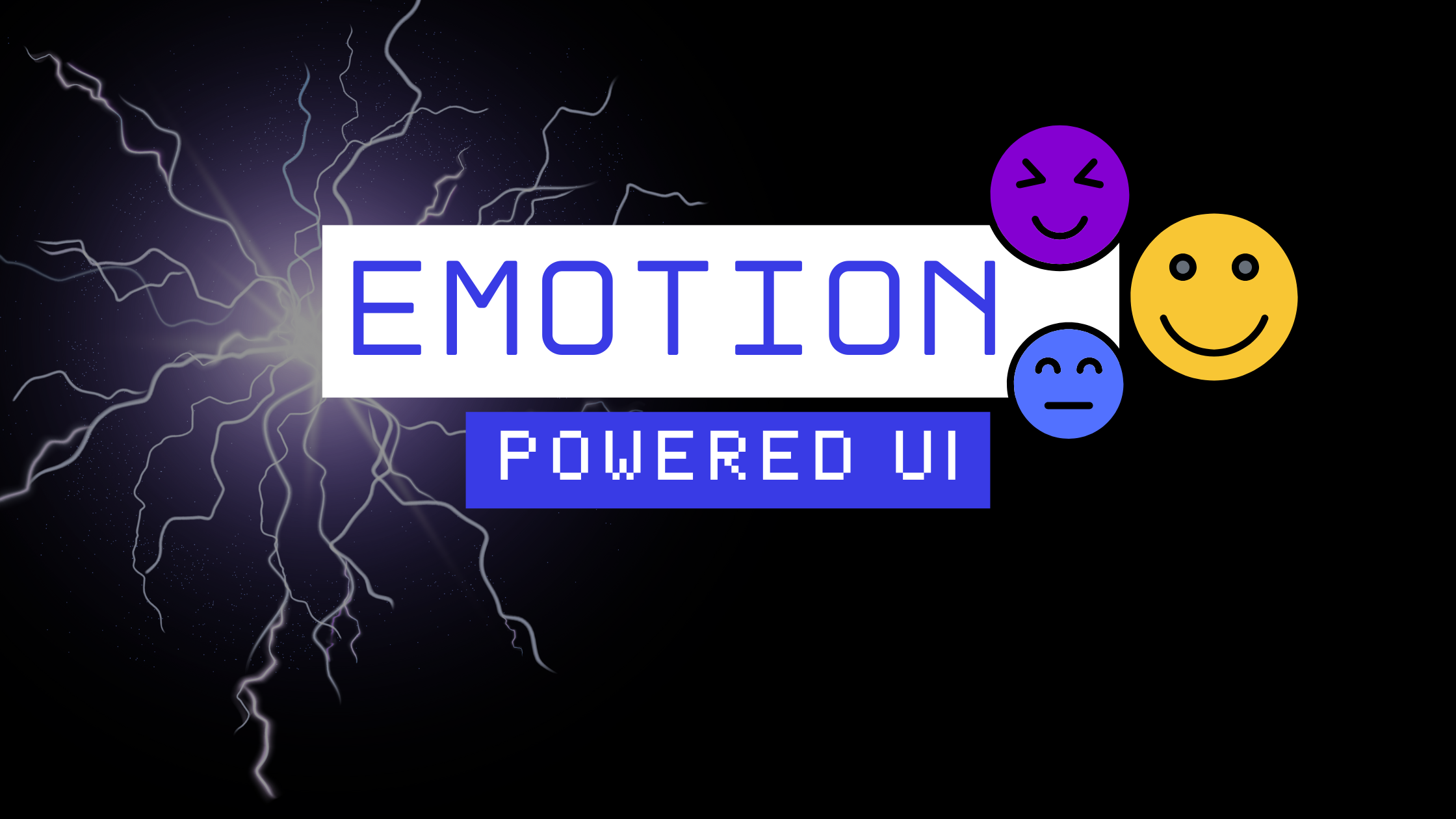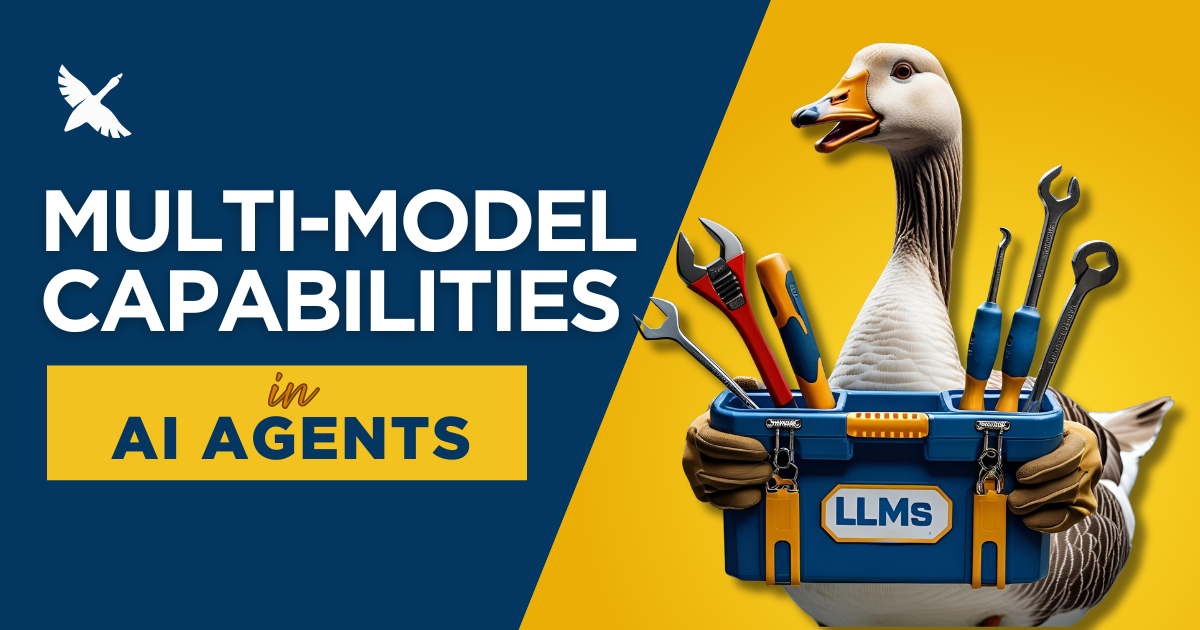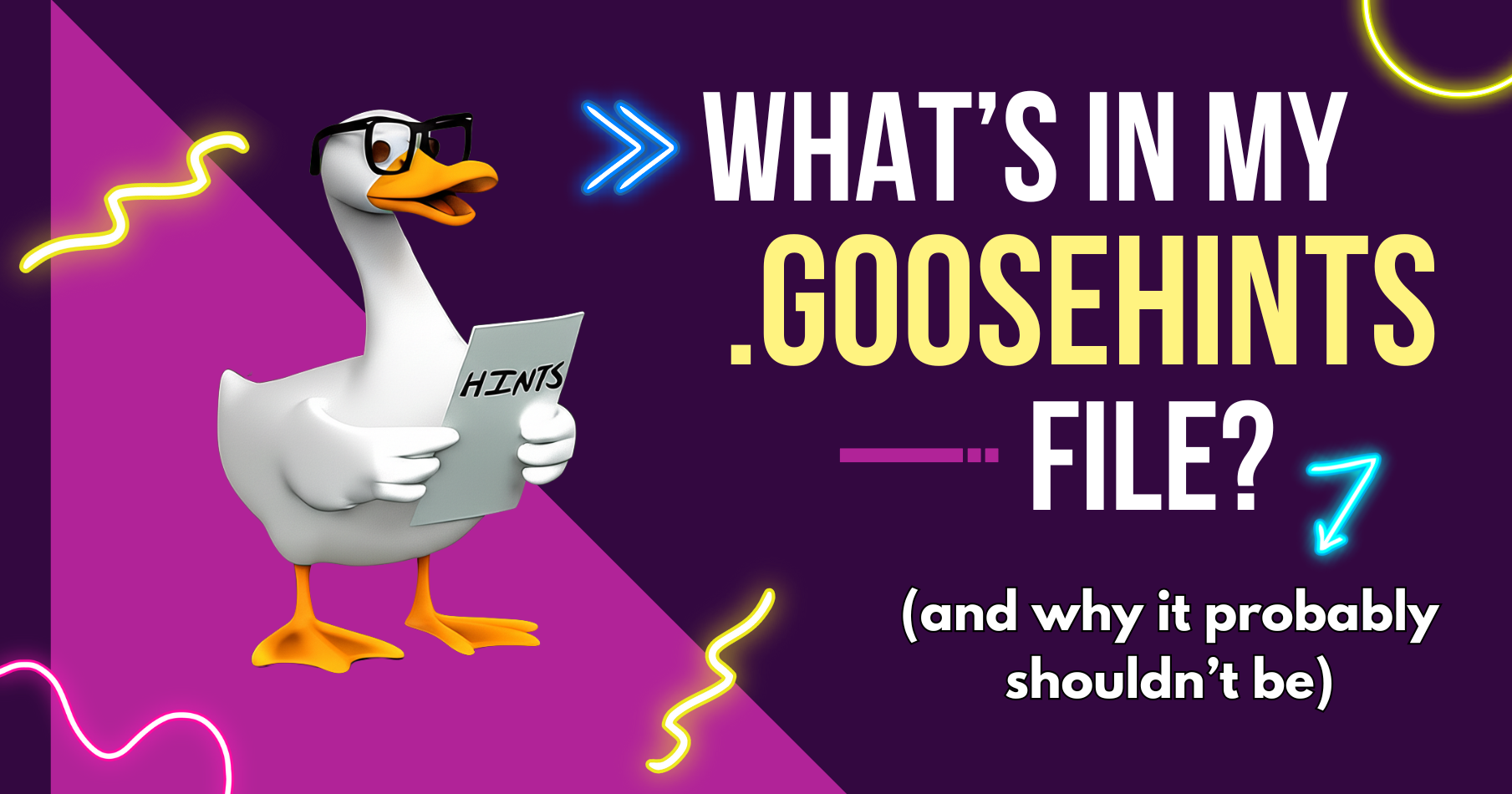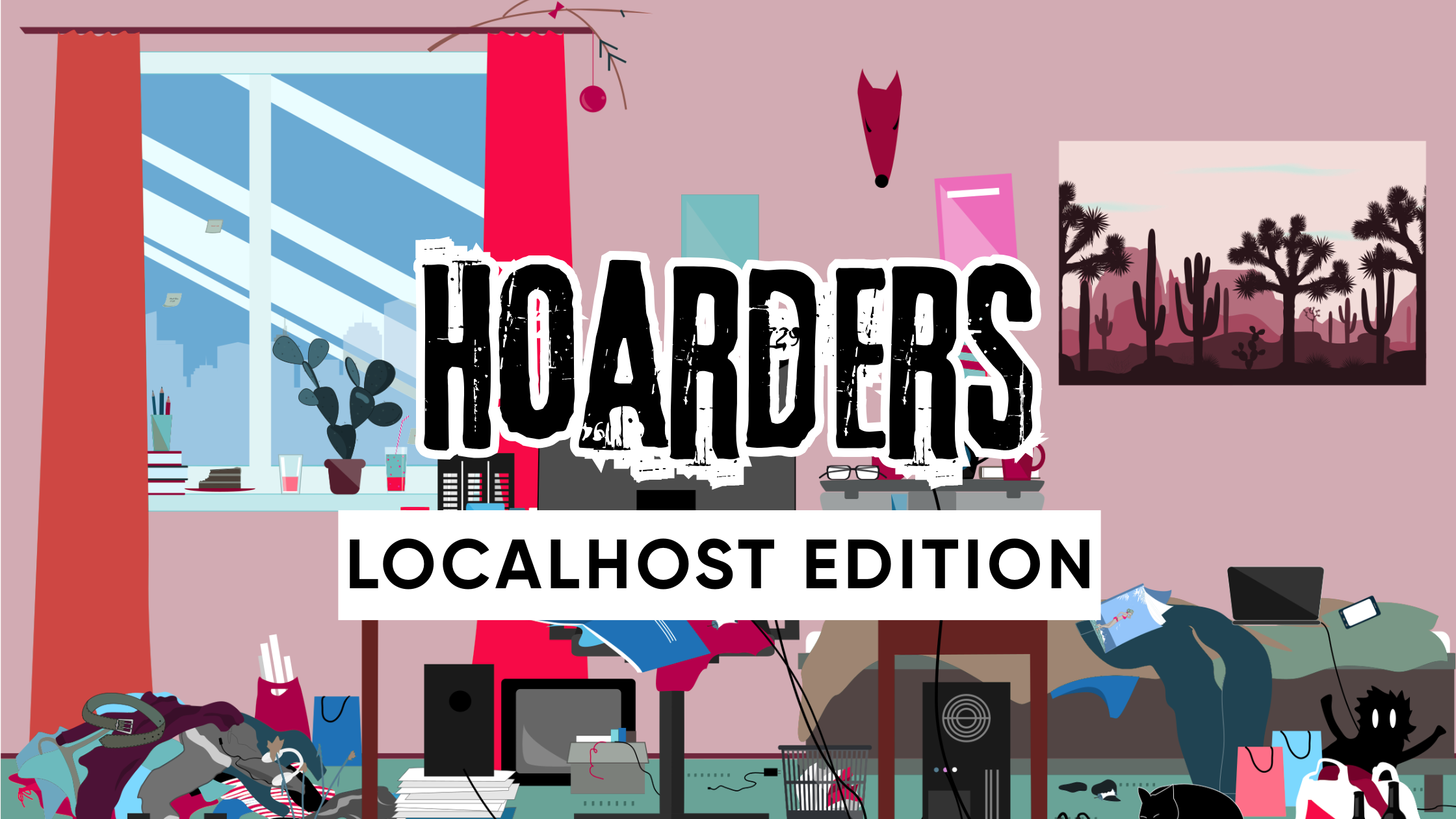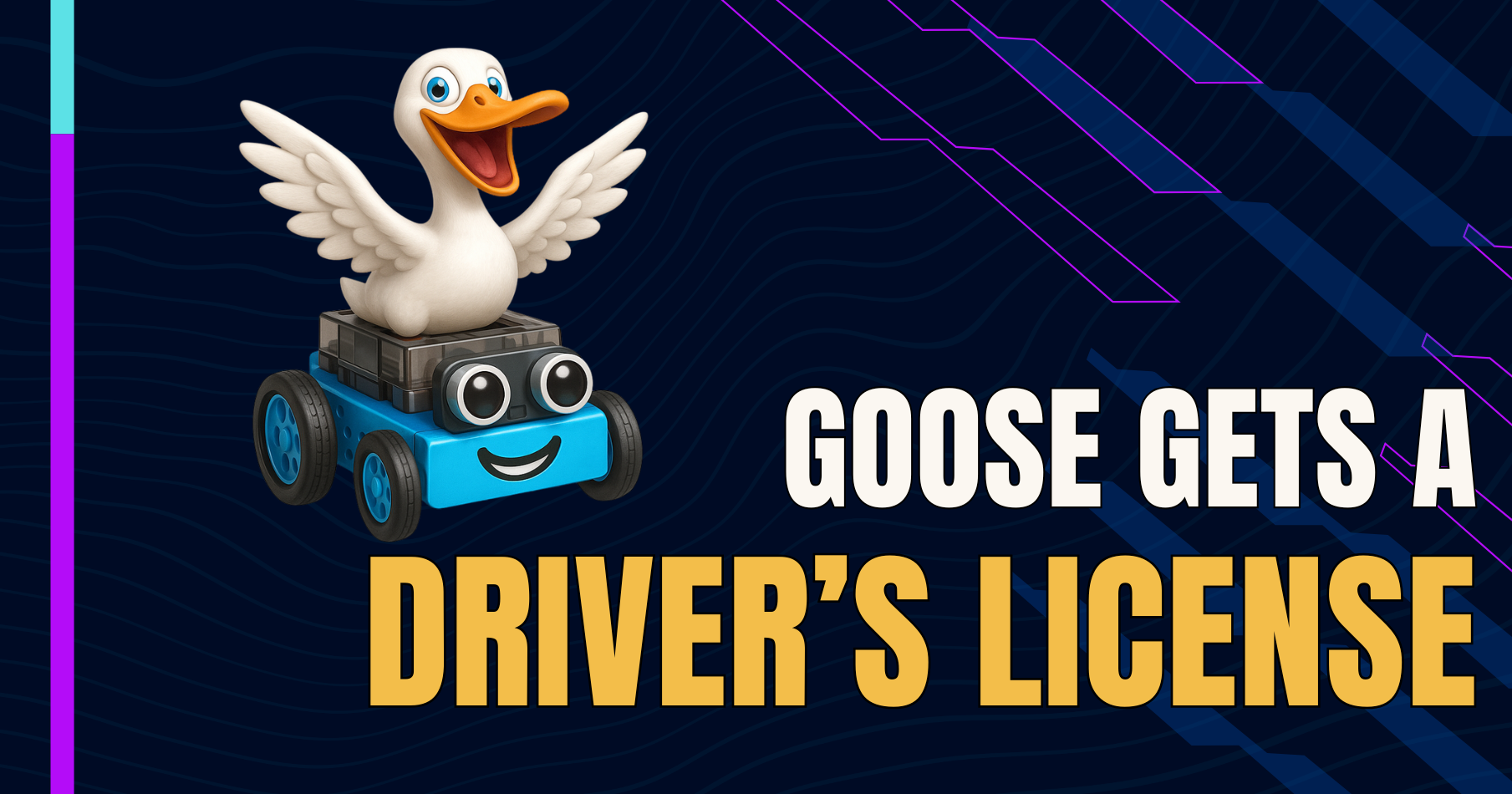Isolated Dev Environments in Goose with container-use

Over ten years ago, Docker came onto the scene and introduced developers en masse to the concept and practice of containers. These containers helped solve deployment and build-time problems, and in some cases, issues with development environments. They quickly became mainstream. The technology underlying containers included copy-on-write filesystems and lightweight, virtual-machine-like environments that helped isolate processes and simplify cleanup.
Dagger, the project and company founded by Docker’s creator Solomon Hykes, has furthered the reach of containers for developers.
One project that emerged from this work is Container Use, an MCP server that gives agents an interface for working in isolated containers and git branches. It supports clear lifecycles, easy rollbacks, and safer experimentation, without sacrificing the ergonomics developers expect from local agents.
Container Use brings containerized, git-branch-isolated development directly into your Goose workflow. While still early in its development, it's evolving quickly and already offers helpful tools for lightweight, branch-specific isolation when you need it.
